Year 2
The English curriculum is built around the three interrelated strands of language, literature and literacy. Teaching and learning programs should balance and integrate all three strands. Together, the strands focus on developing students' knowledge, understanding and skills in listening, reading, viewing, speaking, writing and creating. Learning in English builds on concepts, skills and processes developed in earlier years, and teachers will revisit and strengthen these as needed.
In Year 2, students communicate with peers, teachers, students from other classes and community members.
Students engage with a variety of texts for enjoyment. They listen to, read, view and interpret spoken, written and multimodal texts in which the primary purpose is to entertain, as well as texts designed to inform and persuade. These encompass traditional oral texts, picture books, various types of print and digital stories, simple chapter books, rhyming verse, poetry, non-fiction, film, multimodal texts, dramatic performances and texts used by students as models for constructing their own work.
The range of literary texts for Foundation to Year 10 comprises Australian literature, including the oral narrative traditions of Aboriginal and Torres Strait Islander Peoples, as well as the contemporary literature of these two cultural groups, and classic and contemporary world literature, including texts from and about Asia.
Literary texts that support and extend Year 2 students as independent readers involve sequences of events that span several pages and present unusual happenings within a framework of familiar experiences. Informative texts present new content about topics of interest and topics being studied in other areas of the curriculum. These texts include language features such as varied sentence structures, some unfamiliar vocabulary, a significant number of high-frequency sight words and words that need to be decoded phonically, and a range of punctuation conventions, as well as illustrations and diagrams that support and extend the printed text.
Students create a range of imaginative, informative and persuasive texts including imaginative retellings, reports, performances, poetry and expositions.
(source: www.australiancurriculum.edu.au)
Achievement Standard
Receptive modes (listening, reading and viewing)
By the end of Year 2, students understand how similar texts share characteristics by identifying text structures and language features used to describe characters and events, or to communicate factual information.
They read texts that contain varied sentence structures, some unfamiliar vocabulary, a significant number of high-frequency sight words and images that provide extra information. They monitor meaning and self-correct using knowledge of phonics, syntax, punctuation, semantics and context. They use knowledge of a wide variety of letter-sound relationships to read words of one or more syllables with fluency. They identify literal and implied meaning, main ideas and supporting detail. Students make connections between texts by comparing content. They listen for particular purposes. They listen for and manipulate sound combinations and rhythmic sound patterns.
Productive modes (speaking, writing and creating)
When discussing their ideas and experiences, students use everyday language features and topic-specific vocabulary. They explain their preferences for aspects of texts using other texts as comparisons. They create texts that show how images support the meaning of the text.
Students create texts, drawing on their own experiences, their imagination and information they have learnt. They use a variety of strategies to engage in group and class discussions and make presentations. They accurately spell words with regular spelling patterns and spell words with less common long vowel patterns. They use punctuation accurately, and write words and sentences legibly using unjoined upper- and lower-case letters.
(source: www.australiancurriculum.edu.au)
- Plus Plan
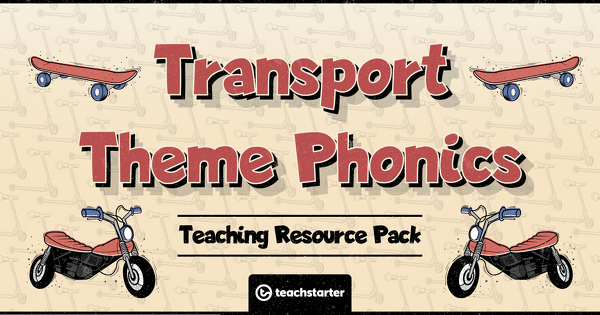
Transport Theme Phonics Resource Pack
A collection of hands-on activities and games targeted at upper years students who would benefit from consolidating their knowledge of phonics.
- Plus Plan
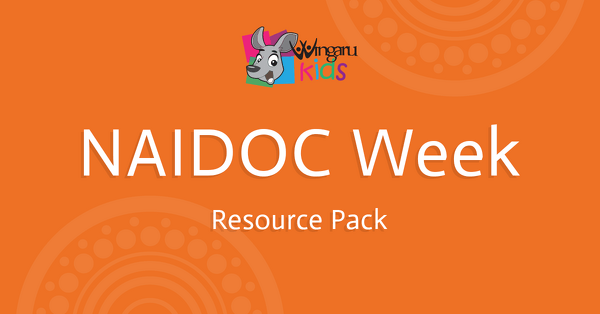
NAIDOC Week 2021 Teaching Resource Pack
A NAIDOC Week 2021 teaching resource pack that contains activities, worksheets and information for your students.
- Plus Plan
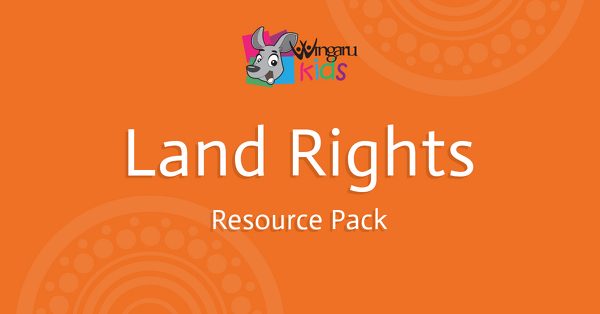
NAIDOC Week Land Rights Teaching Resource Pack
Wingaru Education has put together a timeline of Aboriginal land rights events. From the time of Cook’s intrusive exploration and the subsequent invasion by the First Fleet, land has been taken from Aboriginal People against their will. There are a number of ways to delve into this topic with your class.
- Plus Plan
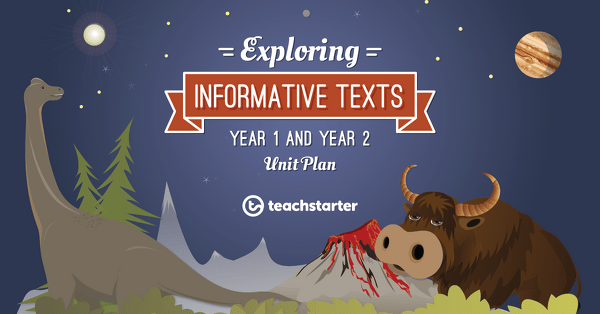
Exploring Informative Texts Unit Plan - Year 1 and Year 2
This English unit has been designed to introduce the informative genre to younger students; specifically, the purpose, structure and language features of information reports.
- Plus Plan
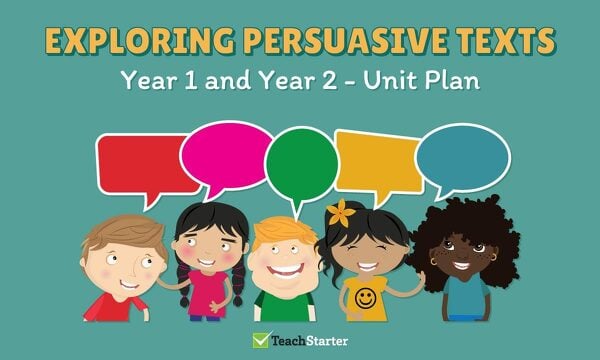
Exploring Persuasive Texts Unit Plan - Year 1 and Year 2
This English unit has been designed to introduce the persuasive genre to younger students; specifically, the purpose, structure and language features of persuasive texts.
- Plus Plan
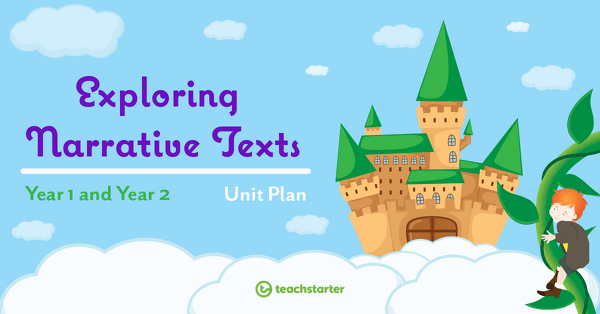
Exploring Narrative Texts Unit Plan - Year 1 and Year 2
This English unit uses fairy tales to introduce the narrative text type to younger students. It addresses the structure, characters and language features of a narrative.
- Plus Plan
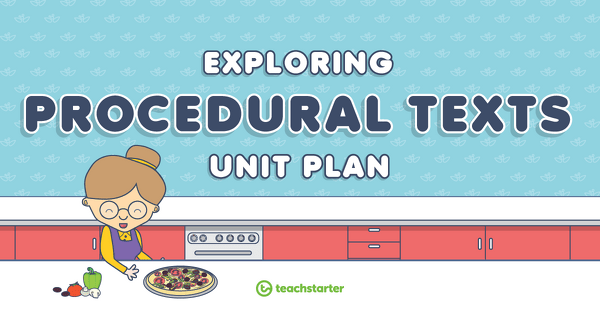
Exploring Procedural Texts Unit Plan
This English unit has been designed to introduce procedural texts to younger students. It addresses the purpose, structure and language features of instructions and recipes.
- Plus Plan
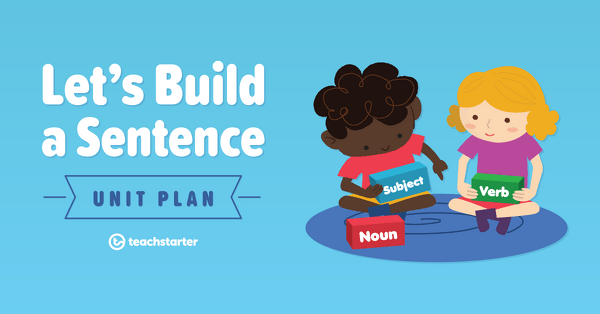
Let's Build a Sentence Unit Plan
This English unit has been designed to introduce the key components of simple and compound sentences to younger students; specifically, capital letters and punctuation; verbs, nouns, adjectives and conjunctions.
- Plus Plan
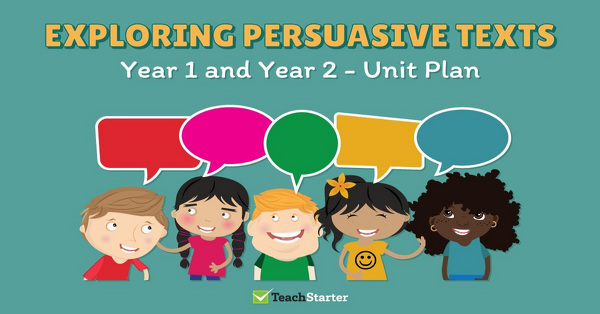
Hey, Little Ant - Modelled Writing
A 60 minute lesson in which students will construct a simple persuasive text on a familiar topic.
- Plus Plan
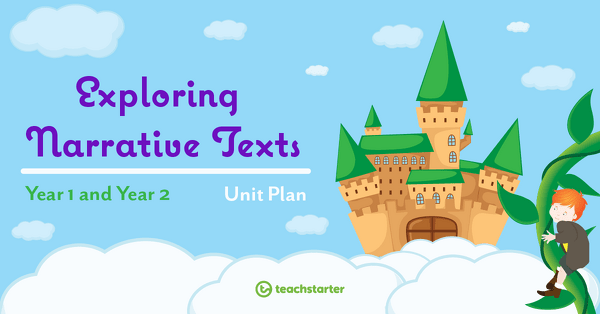
Proofreading and Editing - Narrative Writing
A 60 minute lesson in which students will learn and apply proofreading and editing skills.
- Plus Plan

Procedural Texts - Language Features
A 60 minute lesson in which students will identify and explore the language features of procedures.
- Plus Plan
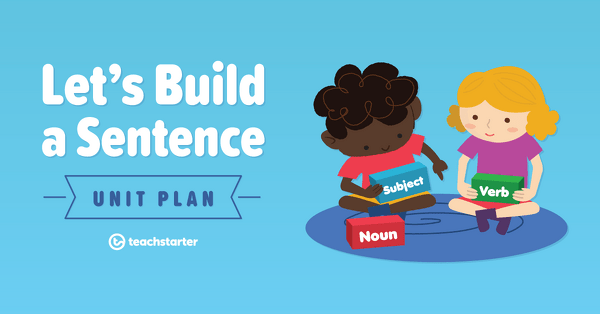
Building Compound Sentences
A 60 minute lesson in which students will identify that a compound sentence is made up of two or more main clauses joined together by a conjunction.
- Plus Plan
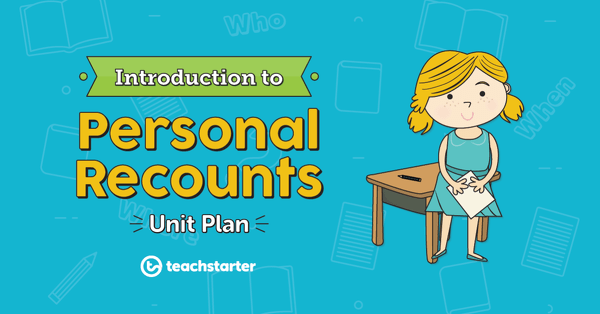
Sequencing Ideas Using Time Connectives
A 60 minute lesson in which students will investigate how events can be sequenced using time connectives.
- Plus Plan
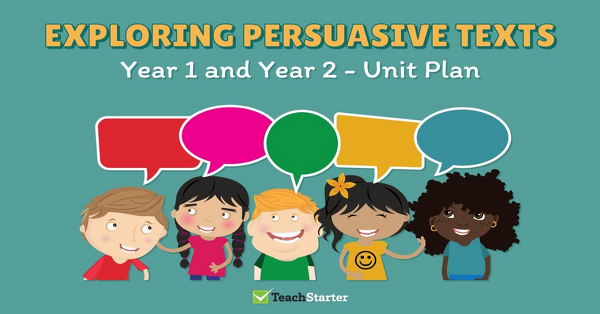
Eat Your Peas - Independent Writing
A 60 minute lesson in which students will independently construct a simple persuasive text about a familiar situation.
- Plus Plan
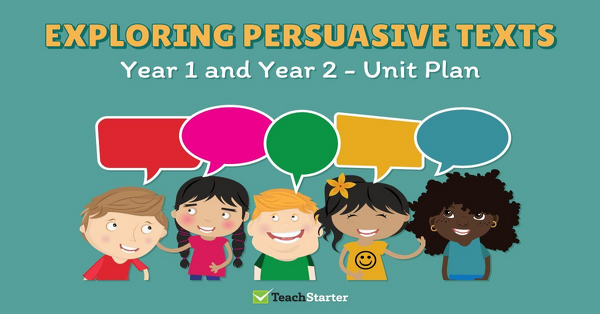
Simple Persuasive Structure
A 60 minute lesson in which students will identify and explore the basic structure of persuasive texts.
- Plus Plan
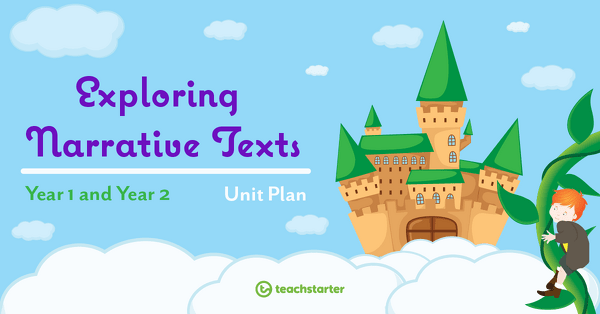
Exploring Simple Narrative Structure
A 60 minute lesson in which students will explore the structure of a narrative text.
- Plus Plan
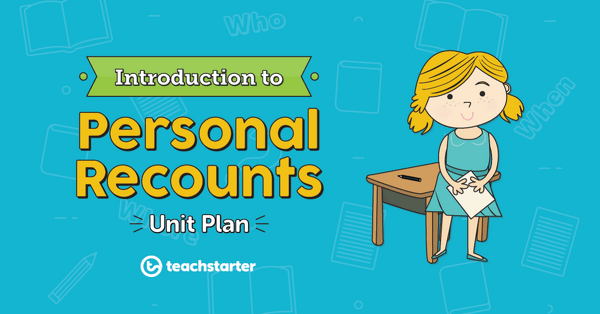
Introduction to Personal Recounts Unit Plan
This English unit has been designed to introduce the recount text type to younger students; specifically, the purpose, structure and language features of personal recounts.
- Plus Plan
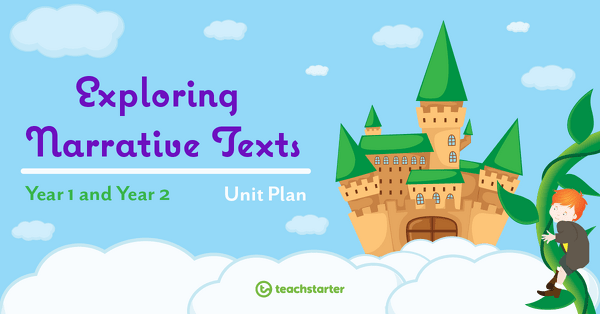
What's the Problem?
A 60 minute lesson in which students will develop a complication and resolution for a fairy tale.
- Plus Plan
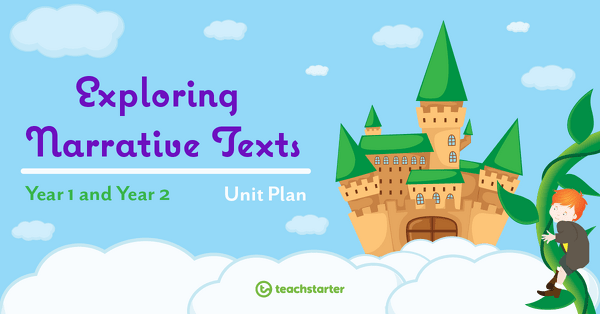
Dressing Up Sentences for Narrative Writing
A 60 minute lesson in which students will use descriptive language to add additional detail to sentences.
- Plus Plan
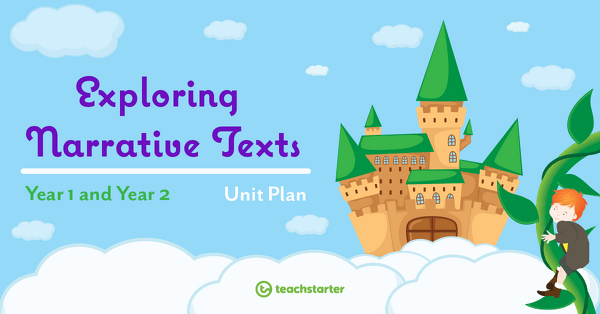
Creating a Fairy Tale Character
A 60 minute lesson in which students will develop a character for a fairy tale.
- Plus Plan
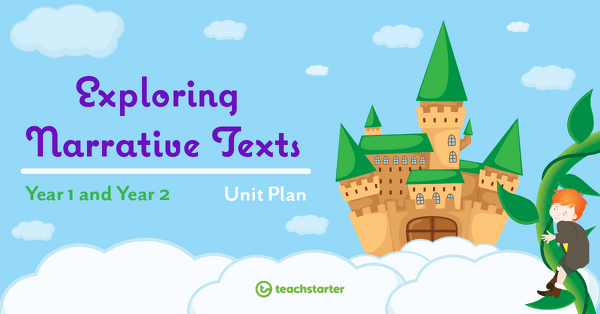
Introducing Simple Narrative Structure
A 60 minute lesson in which students will identify the structure of a narrative text using fairy tales.
- Plus Plan
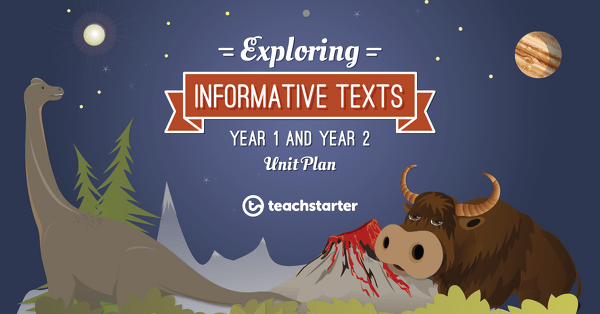
Animal Fact Book - Independent Writing
A 60 minute lesson in which students will independently create an informative fact book about an animal.
- Plus Plan
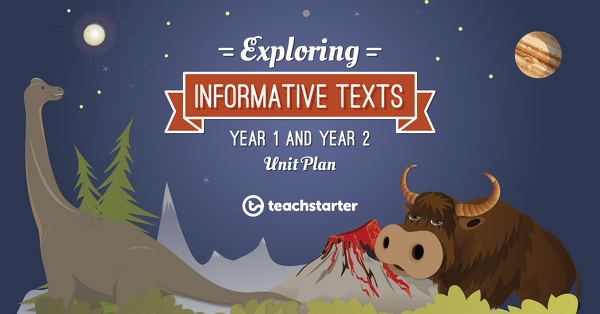
Animal Information Report - Shared Writing
A 60 minute lesson in which students will construct a simple information report about an animal in pairs.
- Plus Plan
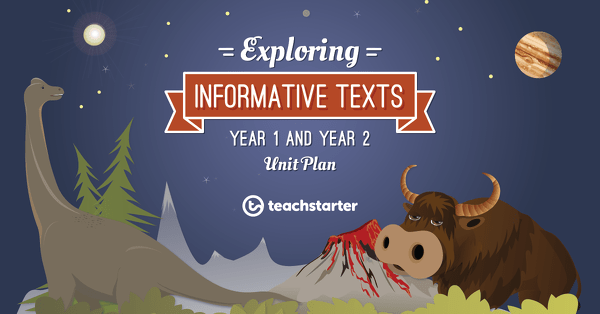
Fact or Opinion?
A 60 minute lesson in which students will identify the difference between a fact and an opinion.
- Plus Plan
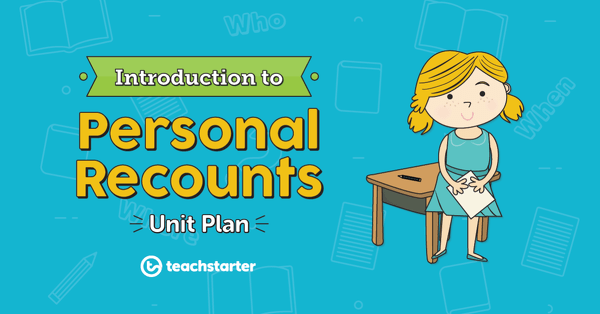
Personal Recounts - Language Features
A 60 minute lesson in which students will identify and explore the language features of personal recounts.
- Plus Plan
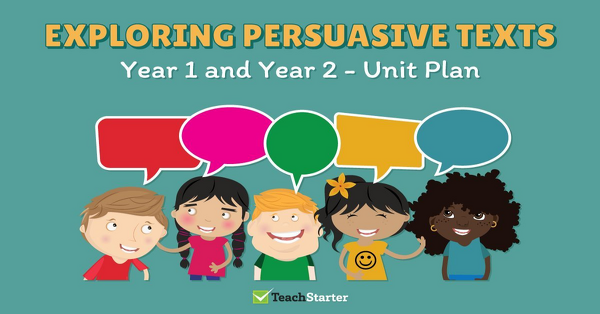
What Pet Should I Get? - Shared Writing
A 60 minute lesson in which students will construct a simple persuasive text on a familiar situation in pairs.
- Plus Plan
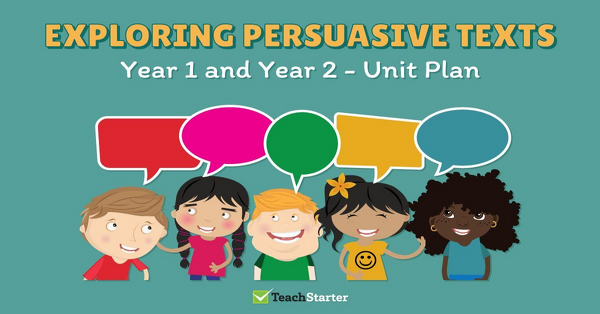
For or Against?
A 60 minute lesson in which students will investigate reasons for and against a situation or topic.
- Plus Plan

Understanding Point of View
A 60 minute lesson in which students will investigate point of view in relation to a situation or topic.
- Plus Plan
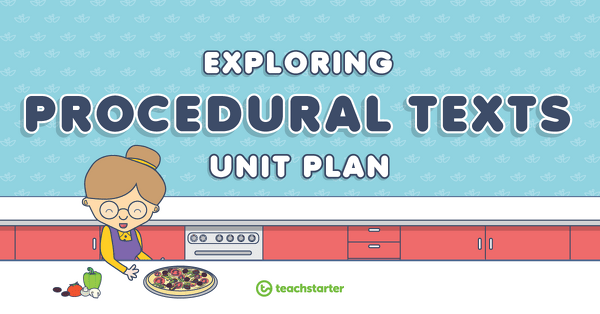
Modelled Writing - How to Wash a Woolly Mammoth
A 60 minute lesson in which students will jointly construct a simple procedure about a familiar experience.
- Plus Plan
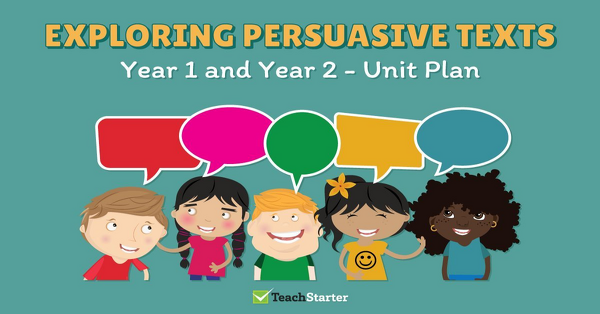
Strong Words Make Strong Opinions
A 60 minute lesson in which students will explore how word choice can be used to strengthen an opinion.
- Plus Plan
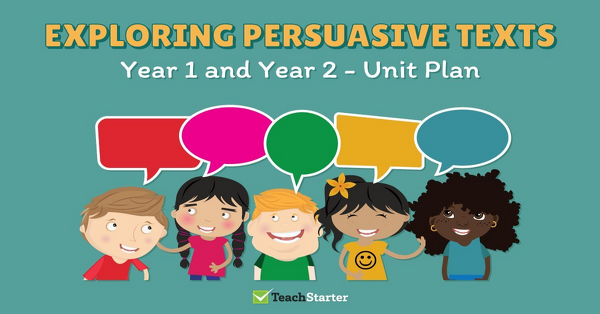
Persuasive Language Features
A 60 minute lesson in which students will identify and explore the language features of persuasive texts.
- Plus Plan
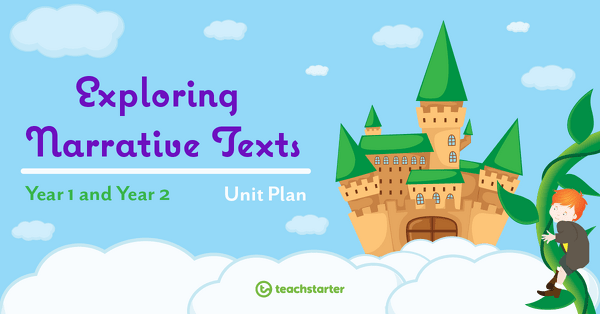
Exploring Fairy Tale Characters
A 60 minute lesson in which students will explore the methods authors use to create a character.